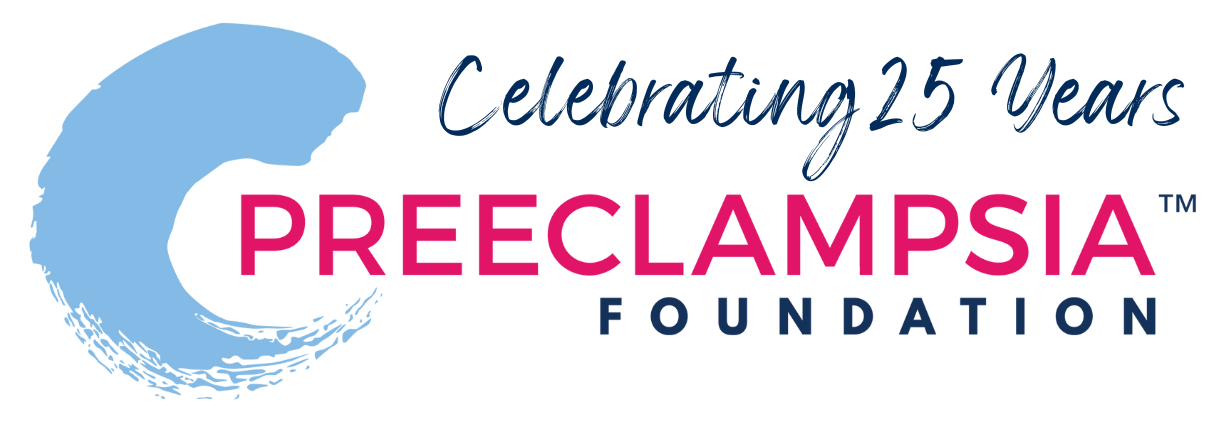
Being Wonder Woman!
Recent media coverage about the alarming rate of maternal mortality in the US has women scared. How can you protect yourself from these errors and oversights?

Being your own Wonder Woman is not hard when you have the lasso of truth, the bracelets of submission, and the gauntlet of Atlas! After all, you’re growing a human being. You already have super powers!
First, let’s frame the risk of dying in childbirth properly. While the US is 47th in the world in terms of the rate of women dying from complications of pregnancy and childbirth, in 2014 the actual number of deaths was 949 – out of almost four million births. For those 949 women and their families, this is NOT acceptable, and we will not rest until that number is zero. But it also means the chance of this happening to you is very, very low. However, underlying these cases of mortality, are 50 to 500 times more cases of (often preventable) adverse outcomes (e.g., ICU admission or extreme blood loss). Those are also not OK.
But analyzing both kinds of cases has already begun to teach us lessons about how we should be managing preeclampsia better. Most of what healthcare providers, patients, and the healthcare system should do boils down to just five things:
1. Recognize symptoms
2. Control high blood pressure
3. Prevent seizures
4. Deliver the baby at the optimal time
5. Ensure postpartum surveillance
How can expectant mothers and their family members get the best possible care during pregnancy, childbirth, and the postpartum period, and ensure our healthcare providers are successfully delivering on those five things?
Use the lasso of truth to gain accurate information
Ask questions and make sure you get answers you understand. After all, wisdom is one of your special powers, too!
• Learn the warning signs and symptoms, and report them in a timely and specific manner. Your providers should react with further evaluation and a thoughtful plan about how often and where ongoing monitoring, or immediate action, should happen.
• Know the way your blood pressure should be taken. And ask for the results. Politely challenge the technician or nurse if it’s not being done correctly or if they suggest “changing positions to get a lower reading.” Very high blood pressure (anything over 160/110) is a ‘hypertensive crisis’ and requires immediate intervention.
• Be familiar with preeclampsia tests and ask to have them done, if necessary.
Use your bracelets of submission to deflect blow offs and arrogant behavior
• Speak up. Don’t be afraid to make a fuss when you need to, and keep making a fuss if you get push-back. Move up the chain of command to the Charge Nurse, the Chair of the OB/GYN Department, or even the hospital administrator.
• Treat your relationship with your healthcare provider(s) as a partnership. They bring medical expertise and you bring expertise about your body and your almost-always-right instincts. See this article for ways this could play out.
• Look for evidence that they’re practicing the latest medicine. Ask, “How has your staff implemented the 2013 ACOG Guidelines?” Ask if your state has adopted a preeclampsia toolkit and how your hospital has gone about implementing it? There’s not necessarily one right answer – adopting (or not) a set of quality improvement processes is not a sign of weakness, brokenness, or commitment to quality improvement – but their level of awareness or ignorance about the existence of these tools may be a clue.
Use the gauntlet of Atlas to increase your strength and resolve
• You have a legal right to your medical records throughout pregnancy and anytime afterwards. Get a copy of your lab results each time blood is drawn, and a copy of your prenatal and hospital reports. Ask about concerning or unclear results.
• Get emotional support to steel you against the naysayers. It may feel really unnatural or difficult to push back. Our Community Forum and various Facebook groups have been helpful to ensure you’re not losing your mind, but may just need an extra boost from fellow warrior princesses.
• Always have somebody with you in a medical setting to ask the questions you might not think of and to advocate on your behalf if your ability to communicate is compromised by being in poor health.
Related Articles

Doulas can help bridge the gap for any mom, but especially those most vulnerable to maternal illness and death.

Stories of our brave women and families who have been affected by preeclampsia and HELLP syndrome. Please note that due to a technical issue, we are currently fixing the images on this page.

What is Preeclampsia? Preeclampsia is a hypertensive disorder that occurs only during pregnancy and the postpartum period and affects both the mother and the unborn baby. Affecting at least...

Birth Trauma Resources Between 25 and 34 percent of women report that their births were traumatic. A traumatic birth experience is defined by circumstances in which the individual patient bel...

Even after more than twenty years, Mavis “Mae” Stephens, a 3x preeclampsia survivor, vividly remembers the challenges she faced during her pregnancy with her second son. She did everything...

Recientemente, me encontré con una publicación en las redes sociales señalando la crisis de salud maternal desde la perspectiva de una mujer negra. Una persona respondió a...

Meghan Markle is opening up about her experience with postpartum preeclampsia in the debut episode of her new podcast, Confessions of a Female Founder. In the episode with her first guest and clo...
1732072344.png)
While the Preeclampsia Foundation has been championing patient advocacy and representation for all families affected by hypertension in pregnancy throughout our 25 year history, we recognized the uniq...

For many members of the preeclampsia, HELLP syndrome, and eclampsia community, the neonatal intensive care unit (NICU) is a life-changing part of their pregnancy and birth experience. Parents from our...

